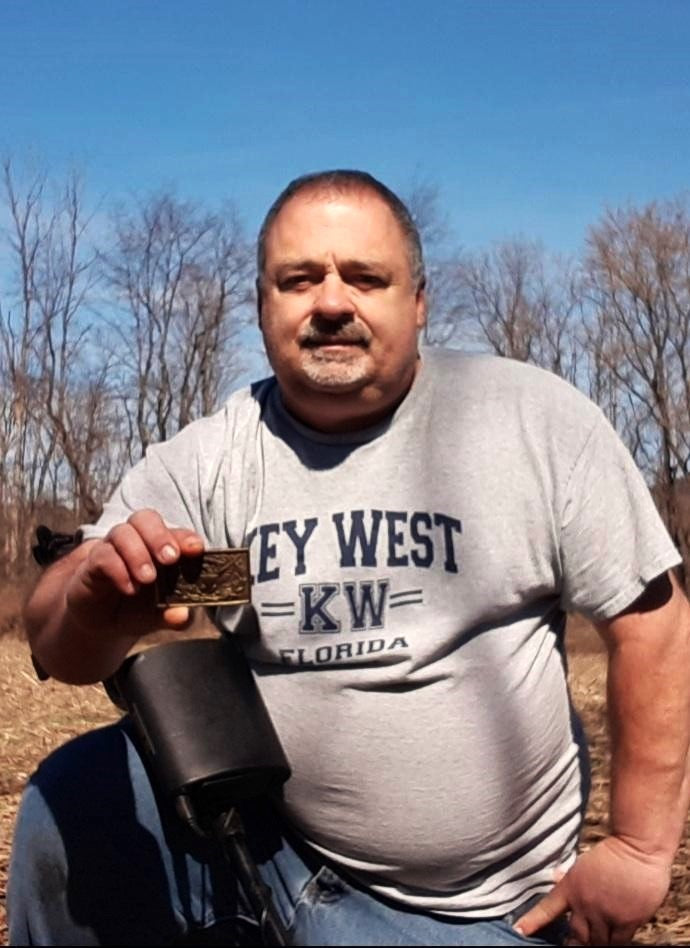The Fisher TW9000 is a digital multi-frequency underground utility locator designed for utility professionals, contractors, and field technicians who demand accurate and reliable results. Built for real-world complexity, it stands out with its versatile frequency selection and six advanced receiver modes, making it ideal for both standard and challenging locate scenarios.
The TW9000 delivers high-precision utility tracing using digital signal processing and active or passive detection methods. Operators can select from multiple frequencies (512Hz, 8kHz, 33kHz, 82kHz) and tracing methods—Direct Connection, Coupling Clamp, or Inductive—for maximum adaptability. The receiver supports Peak & Null, Wide Peak, Narrow Peak, Null, Sonde, and Passive Power modes, allowing accurate line tracking, depth estimation, and current measurement even in congested or noisy environments. Clear visual indicators and responsive audio cues guide users to the utility path with confidence.
With rugged housing, intuitive controls, and rechargeable lithium-ion power systems, the TW9000 is built to endure demanding field conditions. Its ergonomic design includes a padded grip and backlit display for comfortable all-day operation, while auto-shutdown features and multiple battery options ensure extended uptime. Whether used in harsh weather or tight job sites, this system provides consistent, professional-grade performance backed by over 90 years of Fisher engineering.
Modes:
- Peak & Null: Use this automated mode for most standard underground utility locating scenarios.
- Wide Peak: Use for lateral lines far from the connection point or for deeply buried utilities.
- Narrow Peak: Use for congested utilities.
- Null: Use for utilities with low field-shape distortion.
- Sonde: Use with sondes to trace conduit, pipe and drain locations and their blockages.
- Passive Power: Use for utilities that are energized by AC power currents. This mode does not operate with the Transmitter’s power source.
Frequencies:
- 512 Hz is recommended for long-distance tracing and deep utility detection, with minimal signal bleed-off.
- 8.125 kHz offers balanced tracing for moderate distances, suitable for general-purpose locating.
- 33.025 kHz is useful for tracing shorter distances, particularly in congested areas to avoid signal coupling into nearby objects.
- 82.175 kHz is ideal for short-distance tracing and helps in cases where utilities have insulated joints, improving conduction through capacitance.












